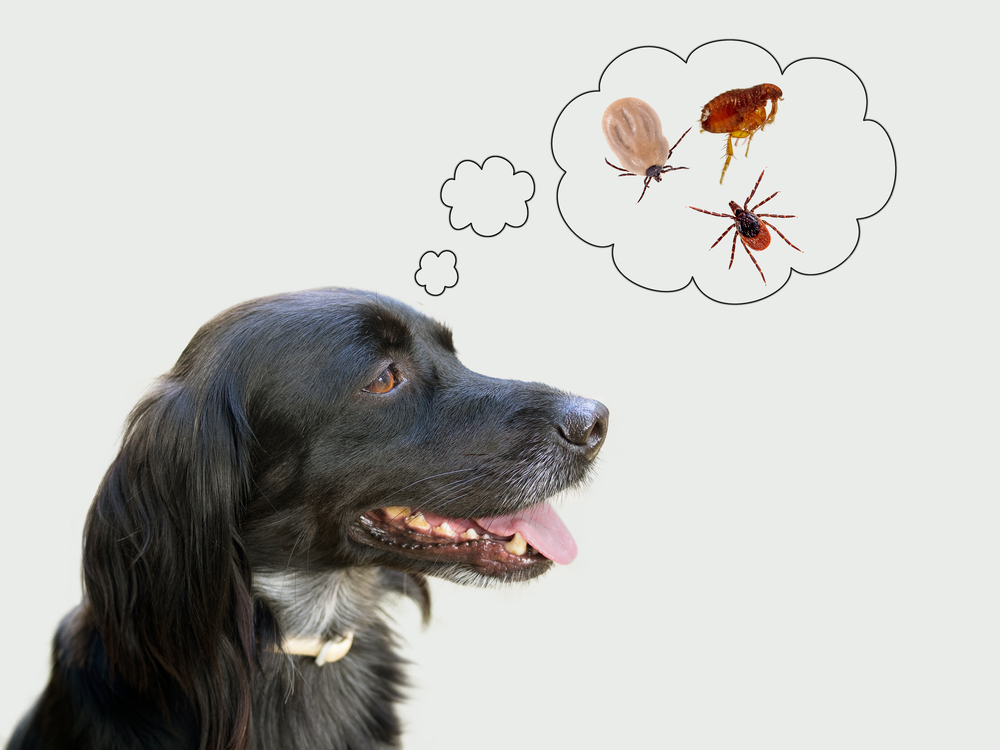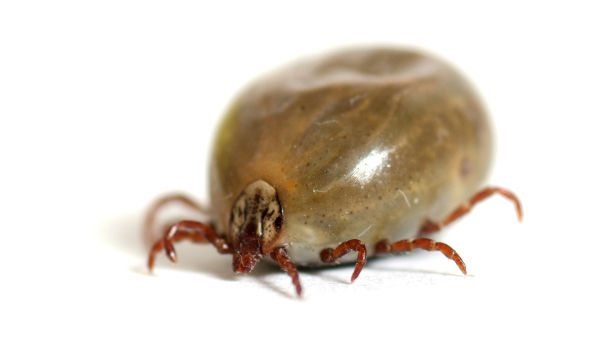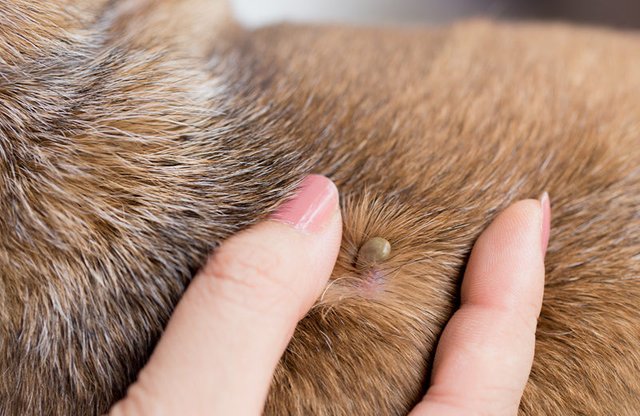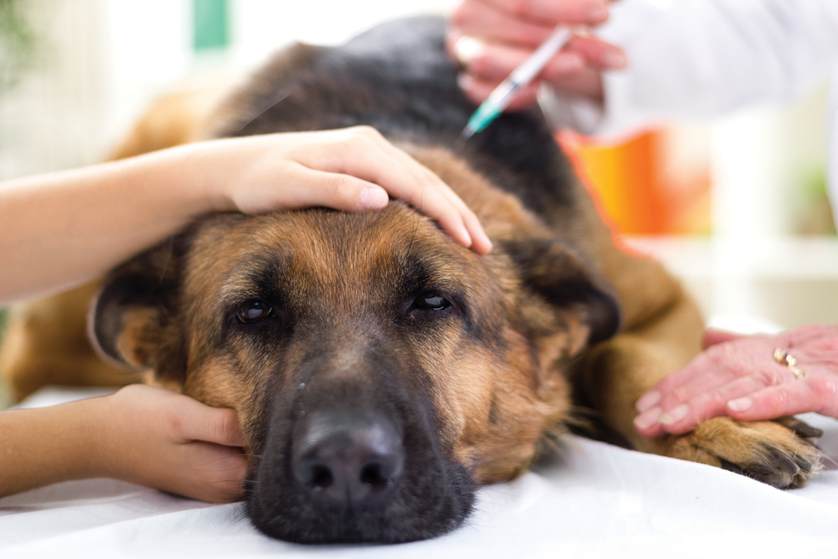Doc Talk #6 Babesiosis - protect your pet from this dangerous disease
Although I'm a medical doctor and not a veterinarian I have a quite bit of experience with this dangerous disease. I had a lot of dogs and pets during my life time as it often comes with living on a farm and dealing with ticks and disease they transmit.
My current dog is called Butch and he has suffered 3 times in 8 years from this disease. Even though we applied protective collars and other methods he still got it and the last one was almost fatal. This is why I want to raise the consciousness about this dangerous disease and how you should fight it.

The first rule is:
If you find a tick on your dog and your dog shows symptoms take it to the vet immediately
Right, let's get started.
Causes of babesiosis
Babesiosis is caused by small blood parasite named Babesia canis and they are located in salivatory glands of ticks. The ticks are main vectors (transmiters) of this disease. The parasite is transmited through the tick bite which then make their way to bloodstream and infect and subsequently destroy erithrocytes (red blood cells). Not all ticks transmit this parasite.

Symptoms
Incubation period is short and it usually last up to 7 days. Disease takes hold on the dog quickly.
- Malaise, weakness, depression, loss of apetite
- High fever
- Change of urin colour (dark yellow or bronze)
- Pale or icteric mucosa (under eyelids and inside mouth)
- Constipation or diarrhoea
- Vomiting
- Hyperventilation and tachycardia (High heart rate)

All of the symptoms can vary in their severity. The main cause of the symptoms is destruction of red blood cells.
Usually the first sign of disease is the change of urine color towards dark yellow or bronze because of hemoglobine in urine. However, despite usually being the first sign of disease it's also sign that disease has advanced to it's more severe stage.
Alongside these symptoms you can also find enlargement of liver and spleen, jaundice and lymphadenopathy (enlarged lymph nodes).

Go to the vet as soon as you notice the symptoms because the disease is often fatal if it's left untreated.
Owners of dogs usually don't think much of lesser symptoms such as vomiting and they usually bring their pets to the vet when they notice the change of urine color and by that time it could be too late.
Making the diagnosis
The diagnosis of disease is usually clinical, anamnestic (finding ticks on a pet) and blood tests. The usual findings in blood test are anemia, low platelet count and high bilirubine.
Treatment - As Fast As Possible

The goals of treatment is to eradicate parasites in the red blood cells and prevention of their reproduciton. That is achieved using antibiotics and vitamins. The latter helping in organism's fight against the disease.
If disease advances to it's later stages blood transfusion may be required. Acute anemia and hypoxia can lead to organ failure and death of your pet.
Recovery
After therapy has been administred your dog should be spared from all strenous physical activity and it should be fed only with easly digestable food.
Don't forget this as strenous activity can lead to heart failure
It takes up to 3 weeks for complete recovery.
IMPORTANT! Dogs who have suffered once remain "reservoirs" of parasites and disease can be reactivated randomly
Prevention
There are a lot of products on the market that can help protect your pet such as different repelents and acarcides(kills the parasite). You can buy protective collars, pills. However, I have found collars to be the most effective.

Keep you pet safe.
All photos are taken from Google.
Cheers,
Matt @fitdoc
@originalworks